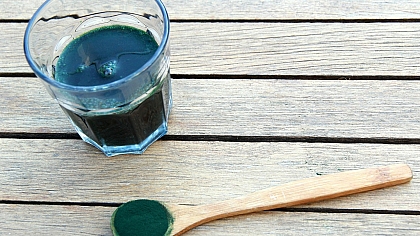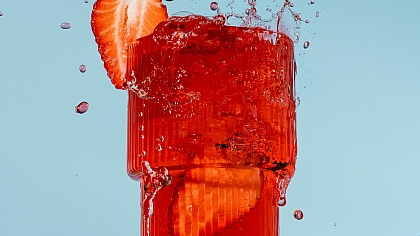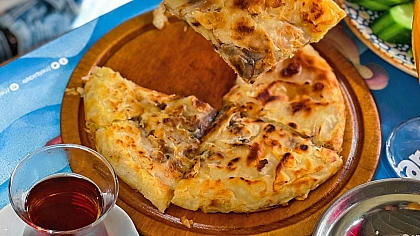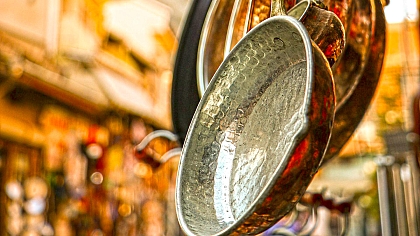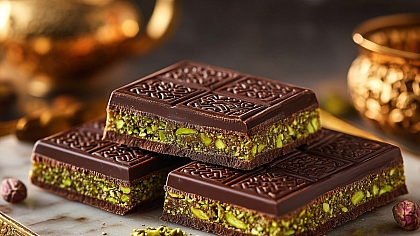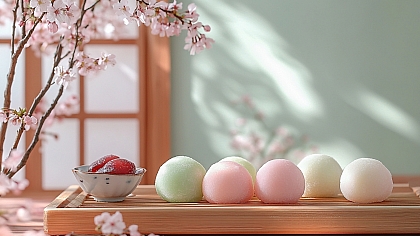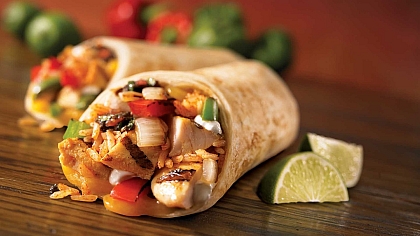
The Best Food from Nepal – What to Eat at Home and on the Trail
Nepal has some of the most delicious and hearty food in the world. Whether you’re sitting in a local restaurant in Kathmandu or trekking to Everest Base Camp, the meals keep you full and happy. Here’s what you need to know about Nepali food.
Quick Bites: Nepal’s Must-Try Dishes
- Dal Bhat – Rice, lentils, and veggies, the national dish of Nepal.
- Momo – Steamed or fried dumplings filled with meat or veggies.
- Thukpa – A warming noodle soup, perfect for cold mountain nights.
- Gundruk – Fermented leafy greens, packed with flavor.
- Sel Roti – A sweet, ring-shaped bread, great with tea.
Now, let’s dig deeper into Nepal’s food culture.
Nepal’s National Dishes – What Locals Eat Every Day
1. Dal Bhat – The Heart of Nepali Cuisine
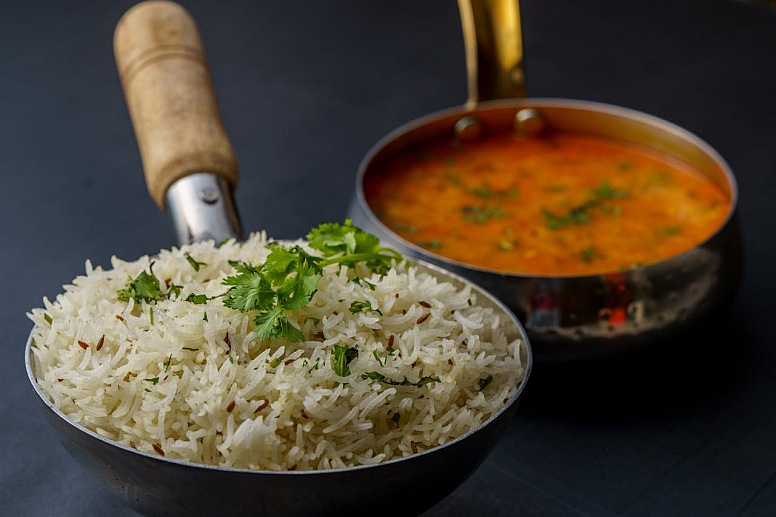
Dal bhat is Nepal’s staple meal. It’s simple but filling:
- Steamed rice (bhat)
- Lentil soup (dal)
- Seasonal vegetables (tarkari)
- Sometimes meat or fish
- A side of spicy pickles (achar)
Locals eat this twice a day. It gives energy for long hours of work or trekking.
2. Momo – Nepal’s Favorite Snack
Momo are dumplings, similar to Chinese baozi or Tibetan momo. They come in different styles:
- Steamed – Soft and juicy.
- Fried – Crispy outside, tender inside.
- Buff (buffalo) or veg – Both are delicious.
Best eaten with a spicy tomato-based sauce called momo chutney.

3. Thukpa – Noodle Soup for Cold Days
Thukpa is a Tibetan-inspired noodle soup. It’s perfect for cold mountain weather. The broth has:
- Hand-pulled noodles
- Vegetables
- Meat (usually chicken or buffalo)
- A mix of spices
Trekkers love it because it’s warm and filling.
What to Eat While Trekking in Nepal
If you’re hiking to Everest Base Camp or Annapurna, you need food that keeps you strong. Tea houses along the trails serve simple but effective meals.
Best Meals for High-Altitude Trekking
| Meal | Why It’s Good |
|---|---|
| Dal Bhat | Carbs + protein = long-lasting energy. Many trekkers eat this daily. |
| Garlic Soup | Helps with altitude sickness. |
| Oatmeal | Easy to digest, good for breakfast. |
| Potatoes | High in carbs, keeps you full. Try aloo tama (potato and bamboo shoot curry). |
| Energy Bars | Bring some from home for quick snacks. |
Drinks to Keep You Going
- Black tea – Warms you up and keeps you hydrated.
- Ginger lemon honey tea – Soothes sore throats.
- Hot lemon – Helps with altitude headaches.
Avoid alcohol—it dehydrates you at high altitudes.
Food on the Everest Base Camp Trek
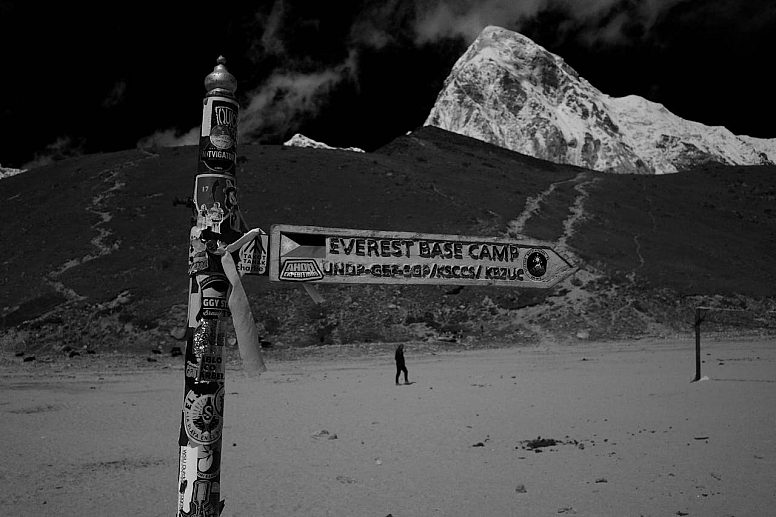
When participating in the Everest Base Camp trek, make dal bhat your best friend. Every tea house serves it, and it never gets boring. On a cold night, after a long hike, a steaming bowl of thukpa feels like heaven.
A tip: Eat small but often. At high altitudes, your stomach digests food slower. Big meals can make you feel sluggish.
Try Nepali Food Yourself
Nepal’s food is simple, tasty, and perfect for fueling adventures. If you visit, don’t skip:
- A plate of hot momo in Kathmandu.
- A hearty dal bhat after a long hike.
- A cup of ginger tea while watching the Himalayas.
And if you’re trekking? Stick to dal bhat, garlic soup, and plenty of tea. Your body will thank you.

Regional Variations in Nepali Cuisine
Nepal's diverse geography creates distinct food traditions across regions:
Kathmandu Valley: Newari cuisine dominates here, with specialties like:
-
- Bara (lentil pancakes)
- Yomari (sweet rice flour dumplings)
- Choila (spiced grilled meat)
Mountain Regions:
-
- More Tibetan influences (thukpa, tsampa)
- Hearty, calorie-dense foods
- Increased use of dried and preserved ingredients
-
Southern Terai:
- Closer to North Indian cuisine
- More wheat-based dishes (roti, paratha)
- Abundant tropical fruits
Nutritional Benefits of Trekking Foods
The traditional Nepali diet offers perfect trekking nutrition:
Dal Bhat provides:
-
- Complex carbs (rice)
- Plant protein (lentils)
- Vitamins (vegetables)
- Probiotics (pickles)
Momo offer:
-
- Balanced macros (carbs + protein)
- Easy-to-digest nutrients
- Portable energy
Tea House Menus: What to Expect
Most trekking route tea houses follow this pattern:
Breakfast:
- Porridge or muesli
- Tibetan bread
- Eggs (fried or boiled)
- Pancakes
Lunch/Dinner:
- Dal bhat (unlimited servings)
- Noodle dishes
- Potato items
- Simple curries
Beverages:
- Milk tea
- Black tea
- Hot lemon
- Limited soft drinks
Food Safety Tips for Trekkers
To avoid stomach issues:
- Stick to hot, freshly cooked meals
- Peel all fruits yourself
- Drink only boiled/treated water
- Avoid:
- Raw salads
- Unpeeled fruits
- Undercooked meat
- Dairy in remote areas
Budgeting for Food on Treks
Typical costs (2024 prices):
- Dal bhat: $5-8 per meal
- Momo: $3-5 per plate
- Hot drinks: $1-3
- Packaged snacks: 50% more than in cities
Pro tip: Carry some nuts/chocolate from Kathmandu for affordable energy boosts.
Cultural Dining Etiquette
When eating in local homes/tea houses:
- Wash hands before meals (bowl provided)
- Eat with the right hand (no utensils in rural areas)
- Say "dhanyabad" to thank cooks
- Leave a little food to show you're satisfied
- Try everything offered (considered polite)
FAQs About Nepali Food
1. Is Nepali food spicy?
Some dishes are spicy, but most are mild. You can ask for less chili if needed.
2. Can vegetarians eat well in Nepal?
Yes! Many vegetarian dishes, like dal bhat and veg momo, are also available.
3. What’s the best food for altitude sickness?
Garlic soup and ginger tea help. Drink lots of water.
4. Do tea houses serve Western food?
Some do (pasta, pizza), but local food is fresher and better for trekking.
5. Is it safe to eat street food in Nepal?
Stick to busy stalls with high turnover. Avoid raw veggies if you’re unsure about hygiene.
Now, go enjoy a plate of momo—your taste buds will love it!


